Japan’s smallest Toshogu Shrine: A tiny wonder with a big samurai connection
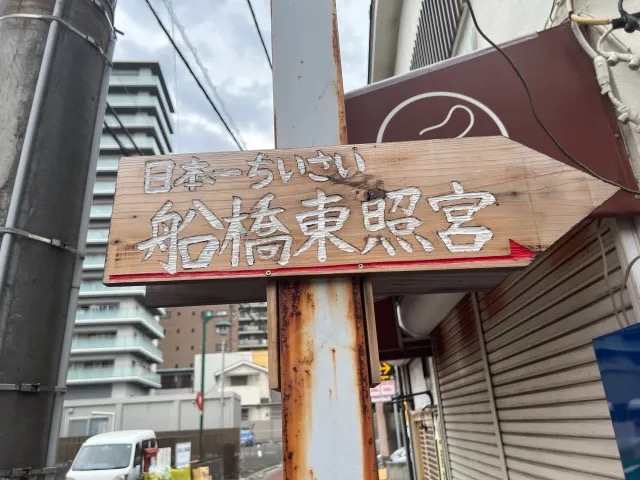
An ancient palace still wields its magic in a residential backstreet hidden from tourists.
Funabashi City in Chiba Prefecture is well known for its convenient access to downtown Tokyo, making it a popular place to live for workers commuting in and out of the capital. However, it’s more than just a metropolitan commuter hub next to Tokyo, with secret tourist sites that fly under the radar, even for locals like our very own Kouhey, who was born and raised in the area, living there for 40 years.
It was only recently that he learned the city was home to Japan’s smallest Toshogu Shrine, located just a quick 10-minute walk from Funabashi Station, so as soon as he heard about it, he headed over there to check it out.

If you’re wondering what a Toshogu Shrine is, don’t worry — there are plenty of Japanese people who don’t know the details either. Toshogu shrines are dedicated to Tokugawa Ieyasu, the first shogun of the Edo shogunate, which ruled Japan from 1603 to 1868. The most famous Toshogu shrine is Nikko Toshogu in Tochigi Prefecture, which is famous for the Three Wise Monkeys.

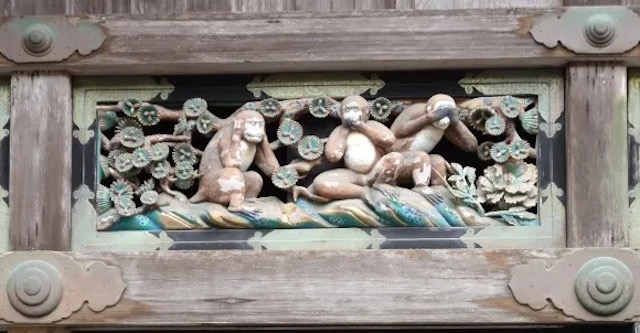
While the shrine in Nikko is perhaps the grandest of them all, the smallest of them is said to be located in Funabashi, and to get there, you simply walk down Yamaguchi Yokocho from the south exit of JR Funabashi Station. After about five minutes, turn left at Goten Street, and then continue past the Dairen Chinese restaurant.
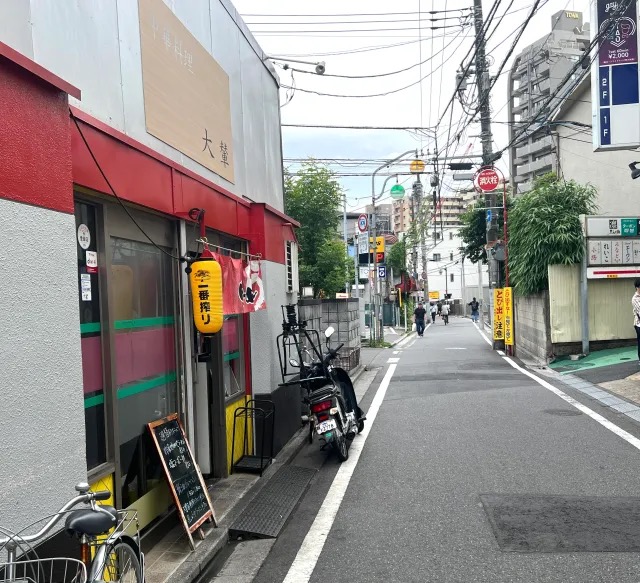
▼ Walk for about a minute and you’ll see this Times parking lot on your right.
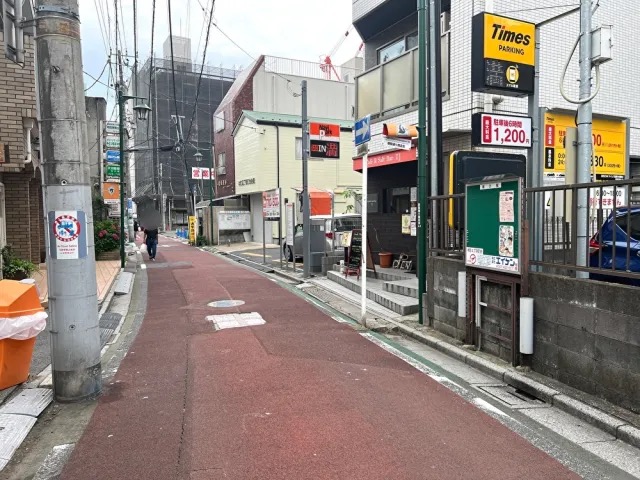
This is where you’ll take a left down a side street with a signpost directing you to “Japan’s Smallest Funabashi Toshogu Shrine“.
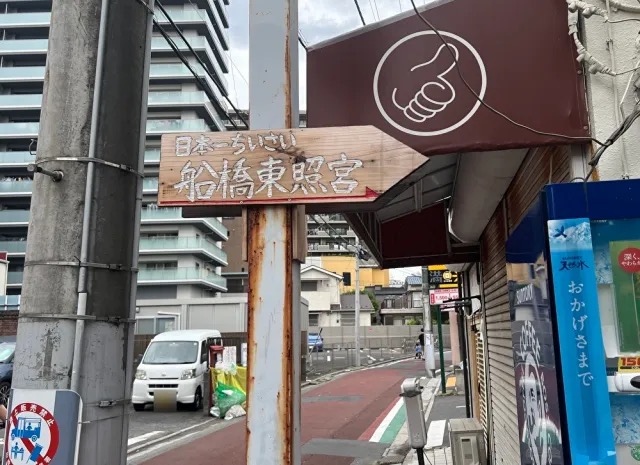
▼ Following the sign takes you into a quiet residential street…
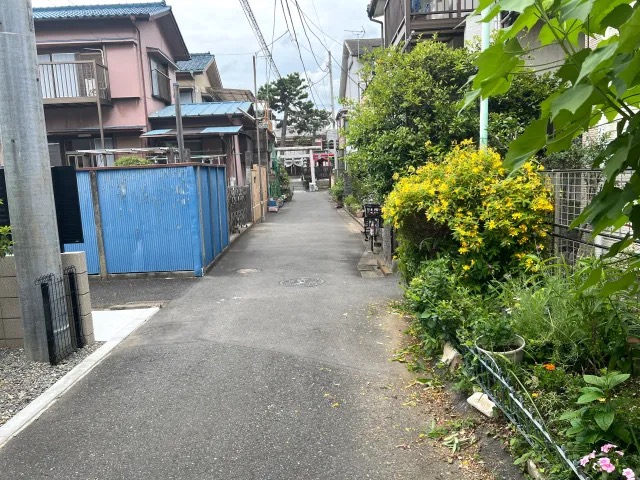
▼ …at the end of which you’ll find the tiny Toshogu Shrine!
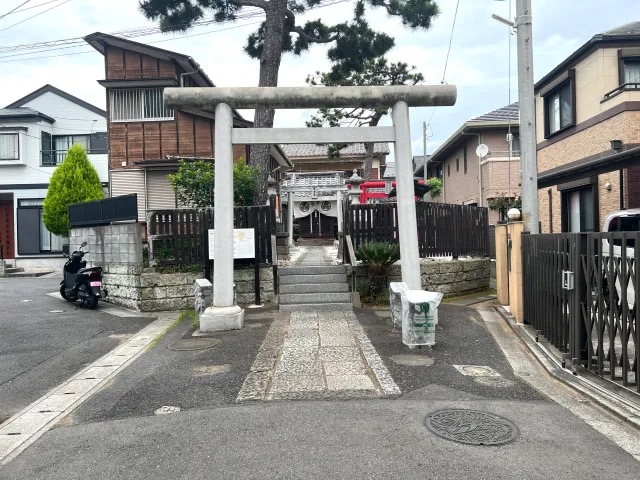
Compared to the size and grandeur of many Toshogu shrines, this one is miniscule by comparison, and totally changes the image of what these shrines are expected to be like. In fact, it’s almost the same size as the surrounding houses, blending into the landscape instead of standing out.
It still retains a deep sense of dignity and solemnity, though, and Kouhey bowed outside the torii gate before entering the premises.
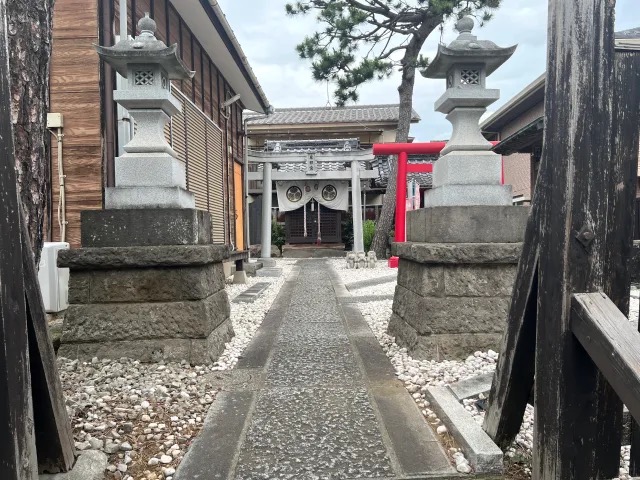
It was a short walk along the approach path from the first torii gate to the main shrine, as it was only a few metres long.
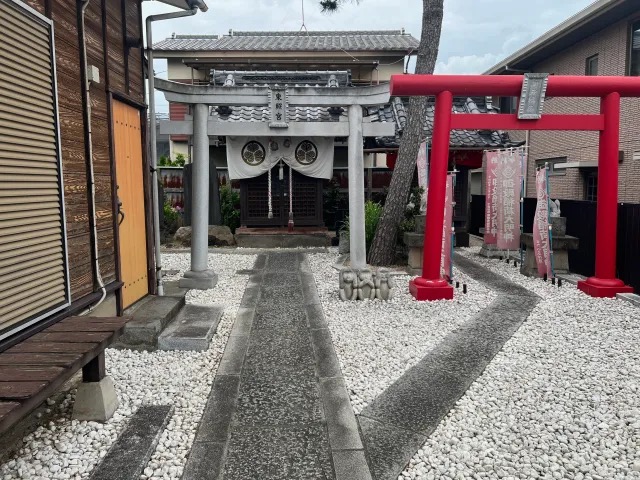
The second torii gate has the characters “東照宮” (” Toshogu“) engraved upon it, and beyond that is the Tokugawa family crest, which consists of three aoi (a species of mallow) leaves, inside a circle.
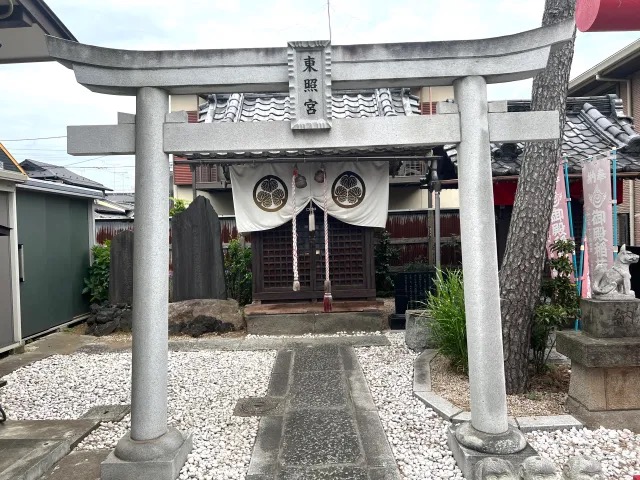
On the right-hand side is a red torii gate in front of a shrine dedicated to Inari, a popular deity associated with foxes, rice, and prosperity.
▼ This gate has the characters “御殿稲荷” (“Goten Inari“) engraved on the plaque.
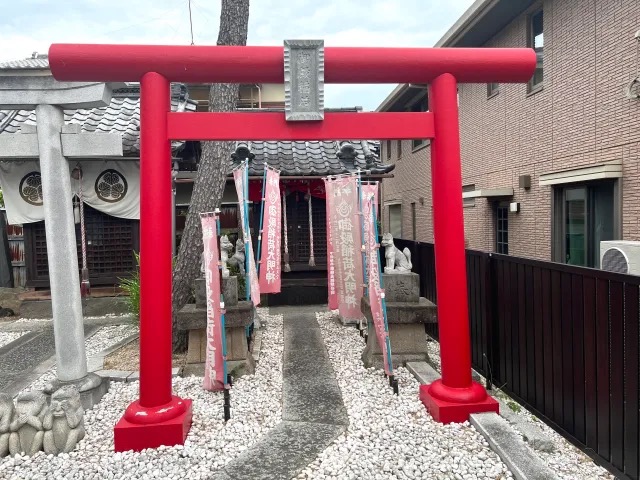
The nearby chozuya water trough, where worshippers wash their hands and mouth, is another unusual sight as you don’t see many of these in a residential environment with houses directly behind it.
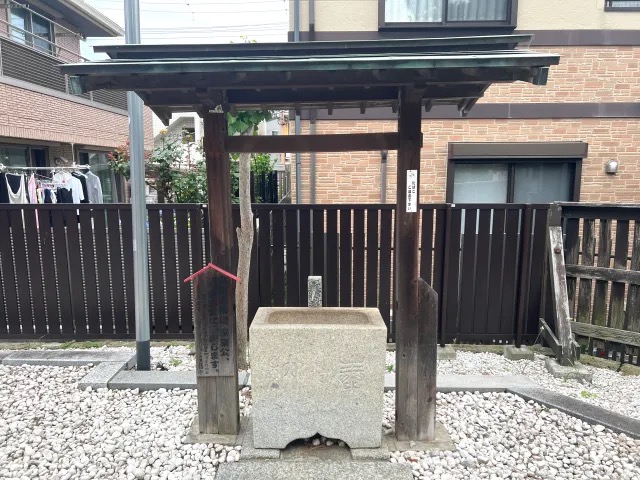
This shrine is said to bring blessings for business prosperity and traffic safety, and according to the information board, it’s rich in history, having been the former site of Funabashi Goten Palace, which is said to have been built around 1614.
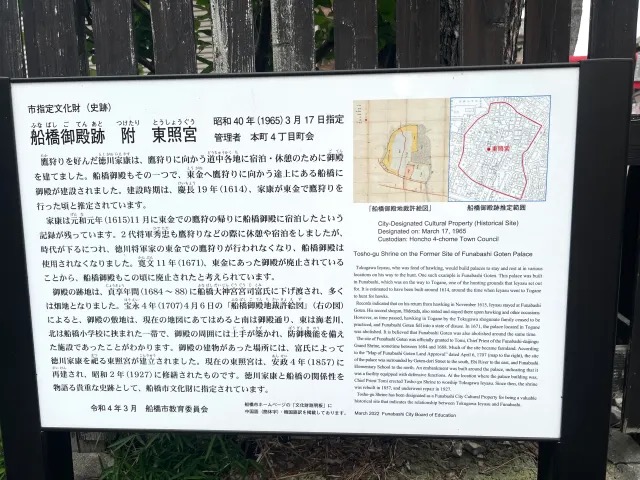
The informative inscriptions reveal that Tokugawa Ieyasu was fond of hawking and used to build palaces to rest and stay at when on his way to the hunt. As Funabashi was en route to a hunting site in Togane, a palace was built on this site, and Ieyasu stayed here in November 1615. However, the palace fell into disrepair when hawking in Togane fell out of favour by the family, and was abolished in 1671.
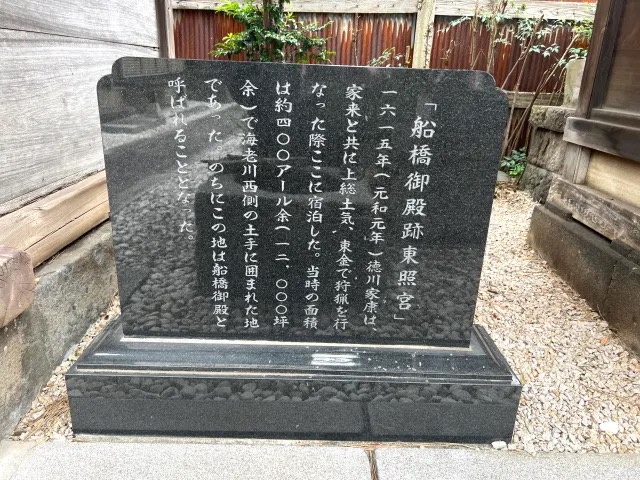
The site was then granted to a chief priest sometime between 1684 and 1688, after which time it became farmland, but not before the priest erected a Toshogu Shrine dedicated to Ieyasu where the palace building once stood.
The shrine was rebuilt in 1857, underwent repairs in 1927, and in 1965 it was designated a valuable Cultural Property showing the important connection between Funabashi and Ieyasu.
▼ Who knew so much history lay at the end of this tiny residential street?
It’s amazing to think that such a powerful feudal leader once stayed here, in what is now a humble-looking backstreet. However, it’s not the only residential area that has a tiny Tokugawa connection, because another site, Onarimachi Toshogu in Kounosushi City, Saitama Prefecture, also claims to be Japan’s smallest Toshogu Shrine.
▼ The only thing visible of that site on Google Maps is a couple of flags with “東照宮” printed on them.
While nobody seems intent on actually determining which shrine is smaller than the other, it’s interesting to note that they’re both tucked away in residential backstreets, hidden like treasures reserved for locals…and those who know how to find them.
It just goes to show just how much history is hidden in Japan, even miles away from the big-name tourist attractions. No matter where you are in in the country, cultural gems and samurai tales are waiting to be found wherever you go!
Shrine information
Funabashi Toshogu / 船橋東照宮
Address: Chiba-ken, Funabashi-shi, Honcho 4-29-1
千葉県船橋市本町4-29-1
Website
Photos © SoraNews24
● Want to hear about SoraNews24’s latest articles as soon as they’re published? Follow us on Facebook and Twitter!
Credit:

0 comments: